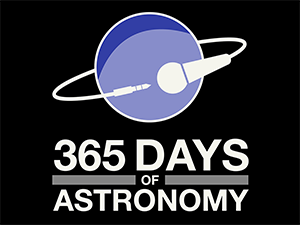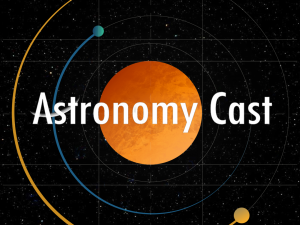
One of the recurring topics around here is the clutter around Earth. Our sky is visibly active with satellites in orbits of many angles and altitudes, and keeping track of all the active and defunct missions and the random space debris in orbit is the work of myriad people across a variety of organizations, including folks with sensitive radar dishes like NORAD.
The Moon is a much-anticipated target for near-future exploration, and in preparation for sticking people back on its surface, hopefully this decade, many nations are putting spacecraft in lunar orbit. Where they are creating a new region of clutter and where no one is watching.
Or rather, where no one has been watching. The USAF has awarded the University of Arizona $7.5 million dollars to develop ways to “detect, characterize and track objects in cislunar space or the space between Earth and the Moon.”
According to a press release on this award, which is led by principal investigators Roberto Furfaro and Vishnu Reddy, this team and their students in the Lunar and Planetary Laboratory “use dedicated sensors at the university’s Biosphere 2 research facility to characterize objects in space. Their suite of equipment includes several telescopes dedicated to space domain awareness, including one built by a group of University of Arizona engineering undergraduates.”
As Reddy explains it: It’s like tracking a firefly that’s flying around a searchlight.
Only in this citation, if you hit the firefly, spacecraft die. This is super cool and super important work, and we can’t wait to hear more as this project evolves.
More Information
The University of Arizona press release



